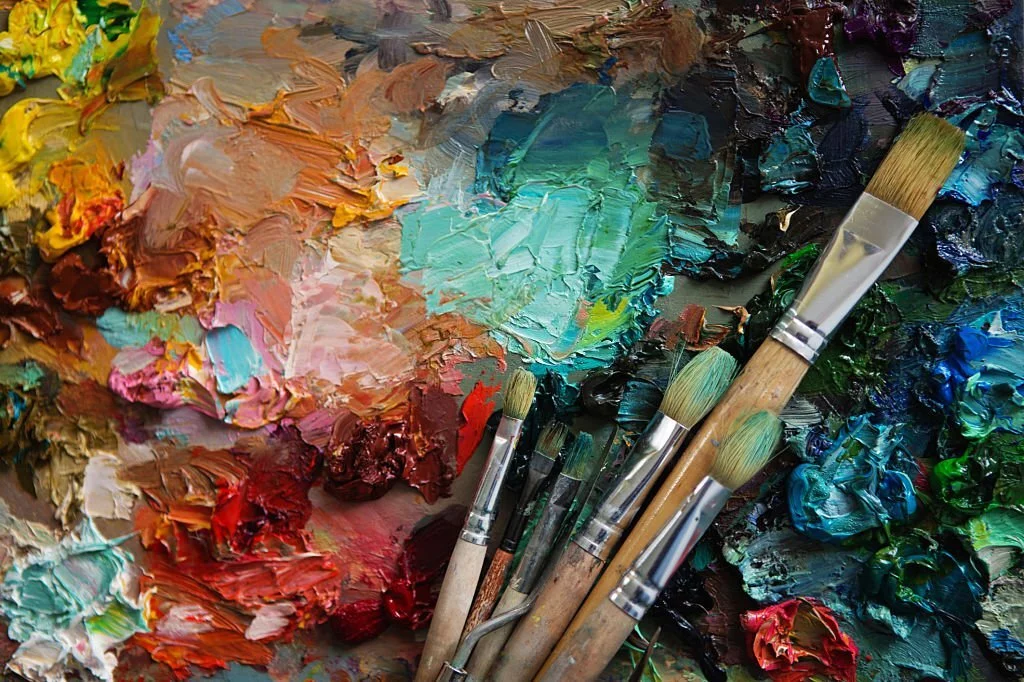The 19th and 20th centuries saw many new and innovative approaches to art emerge, and the work done by those earlier artists has changed the way we see and experience art. In the past, paintings were used to tell a story. Then they were used to showcase pictures of the world. Today they can be anything. Artists today have a world’s wealth of inspiration to draw from.
While there are countless art styles, Impressionism is by far one of the most famous. It took the seriousness of classic art and made it about feeling. Looking at an Impressionist piece evokes emotion and helps you tie an emotional connection to the piece that other technical or experimental works don’t.
That’s why it’s so popular and why it’s still such a go-to style for many. The beauty of any art piece, of course, is that you don’t need to know the history behind it to have an experience with it in the present. That being said, knowing the history of Impressionism in art can help you with your own art, and can also help you understand the value of Impressionist art.
Table of Contents
What is Impressionism?
During the late 19th century, a revolutionary art movement called Impressionism emerged in France. This movement emphasized capturing the fleeting impressions of light and color in nature, rather than focusing on precise details. Impressionist artists painted outdoors to capture the immediate visual experience of a scene and convey its changing light and atmosphere.
The term itself came about when the art critic Louis Leroy saw Claude Monet’s painting, “Impression, Sunrise” and called it an unfished piece, more of an impression than a painting. Although Leroy used the term mockingly, this word became the movement’s name. Impressionism challenged the traditional conventions of academic art, which prioritized meticulous details and historical or mythological subject matter.
Who Were the Most Famous Impressionist Artists?
The Impressionist movement had several renowned artists who played a significant role in its growth and triumph, including:
· Claude Monet
Monet is widely recognized as the pioneer of Impressionism, and his artwork perfectly captures the essence of the movement. He is renowned around the world for his water lilies, as well as his depictions of haystacks and even the Rouen Cathedral. They are infamous for the brushstrokes, and the way they captured both light and color.
· Edgar Degas
Degas is renowned for his exquisite portrayals of ballet dancers, horse races, and everyday life. His focus on movement and spontaneity is evident in his works, which often feature unique angles and cropping that demonstrate his fascination with photography.
· Pierre-Auguste Renoir
Renoir was known for his paintings showcasing individuals in their everyday lives and surroundings. He placed an emphasis on portraying the physical and emotional nature of his subjects by using broad brushstrokes and vivid, eye-catching hues to capture the essence of his subjects.
· Édouard Manet
Not to be confused with Monet, Manet is another artist closely associated to the movement, a pre-grandfather, so to speak. The artist’s use of bold brushstrokes and modern themes pushed against the norms of the traditional art world, ultimately paving the way for the Impressionist movement.
· Camille Pissarro
Pissarro’s stunning art captured the enchanting French countryside through his landscapes and rural scenes. He is also notable for mentoring several young Impressionists, meaning he played a crucial role in influencing the movement’s style and ideology.
Impressionism Today
The Impressionist movement may have only lasted a short time, but its impact on art still resonates today, and you can still find Impressionist art for sale. It is recognized as a pivotal movement that transformed how artists approached painting and representation. Contemporary artists, for example, continue to draw inspiration from Impressionist techniques and concepts and include them in their own work. For example, many use similar techniques to capture light, atmosphere, and subjective experiences of the world. Some artists create modern interpretations of Impressionism, while others use Impressionist elements in their broader artistic practices.
Impressionism has also had an impact far beyond just painting. It has influenced various other forms of art, including literature, music, and film. These art forms have adopted the movement’s principles, which highlight the importance of capturing fleeting moments, sensory experiences, and the essence of a subject.
Explore more of our blog content on 5elifestyle.



